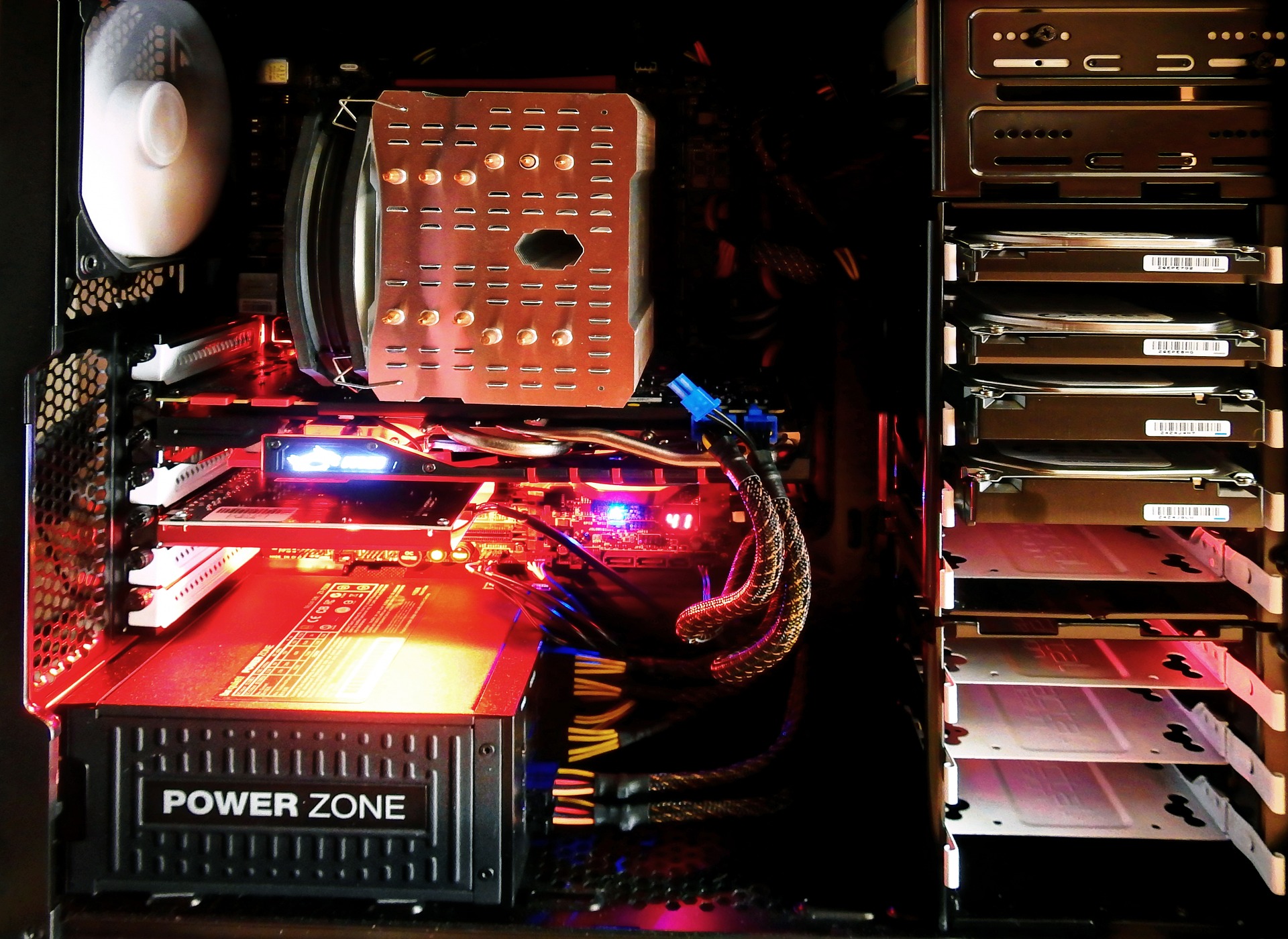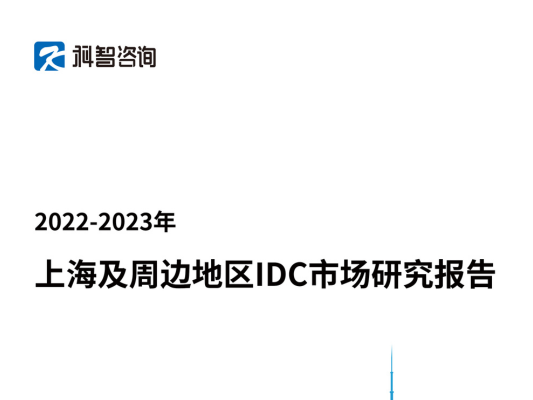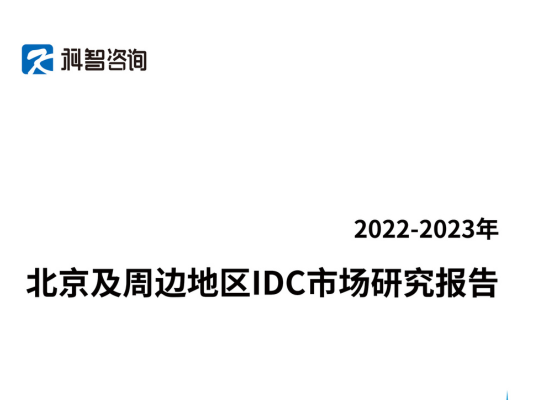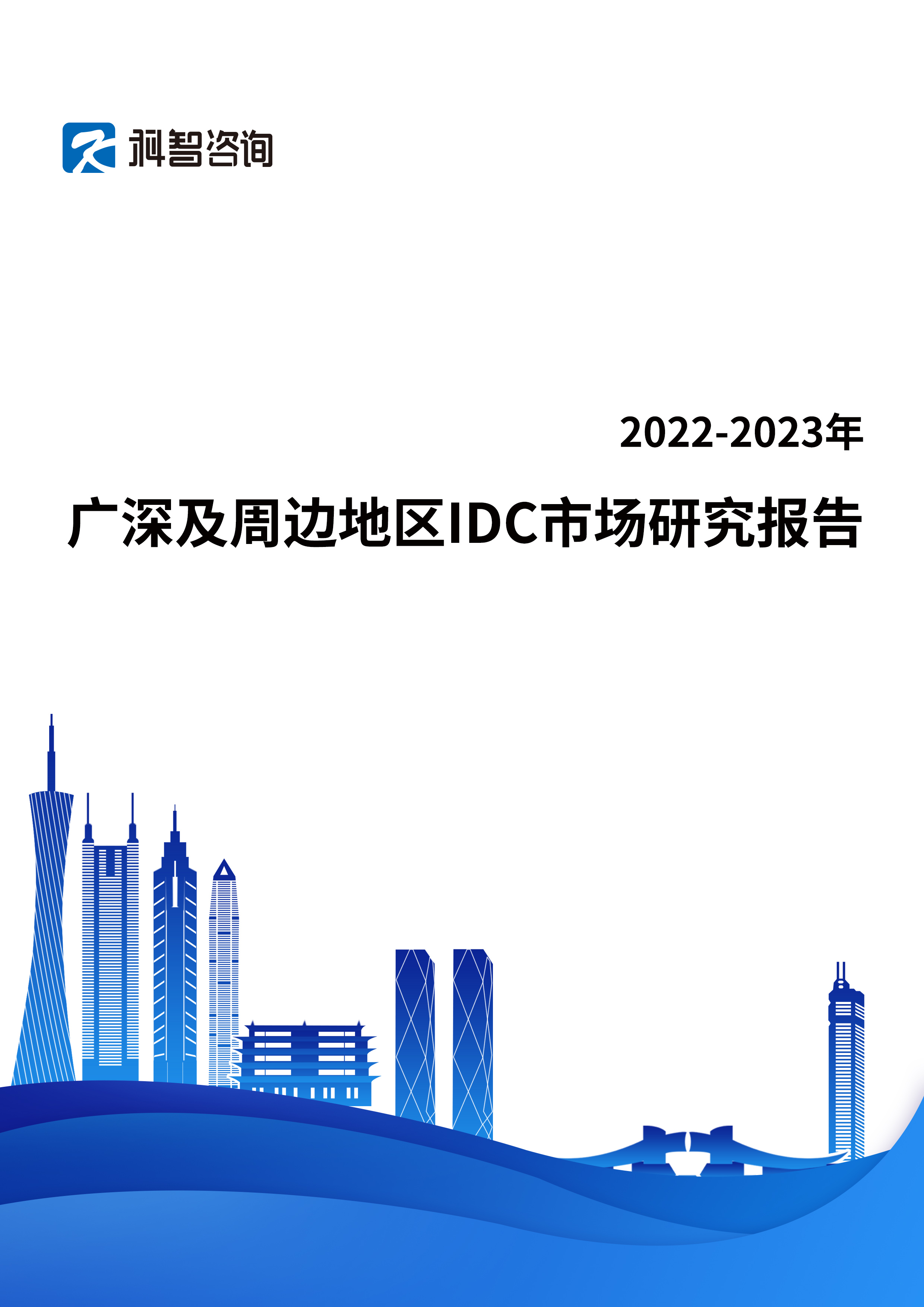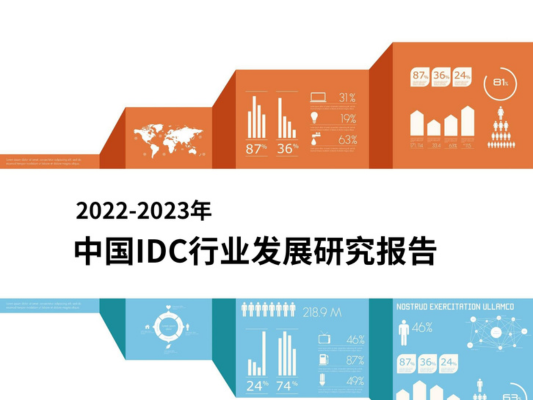If you want to find an industry chain overseas low-end market, the server is one of the most typical products: unlike Huawei HiSilicon, it involves high-end smart phone chips that connect to everyone’s nerves. The server serves as the foundation of the Internet. Facilities do not have direct contact with ordinary consumers, but the difficulties faced by the actual server market are even worse than those of mobile phone processor chips.
Another perspective is that the biggest demanders of servers are Internet/cloud computing companies, and they should have a natural sense of crisis.
It is worth noting that server is just one of the direction, and in the future we will analysis more valuable directions towards core technologies that domestic Internet giants could break through.
01
The Difficulties of Servers
The main server of Inspur Information (SZ: 000977) is undoubtedly a diligent and established state-owned technology enterprise.
Since its listing in 2000, revenue has risen from CNY 800 million to CNY 51.7 billion in 2019, with an average annual growth of 24%.
If you hold the shares of Inspur Information and sell them at the highest price of 48 yuan when listed, the annual return on shareholding for the past 20 years is 13%. The company indeed generates income for its shareholders.
But under the surface of high-speed income growth and decent return on shareholding, the problem we have to look at is that domestic companies only survive in the bottom of the server field.
Inspur Information is actually one of the top leaders among domestic server vendors.
With the domestic server market share of Inspur keeping rising and even in low-price competition with Taiwanese white-label companies in recent years, it still can guarantee an increase in market share.
At present, the market share of Inspur Information in the domestic server market steadily ranks in the first place, reaching about 30%.
The data of the market share is glamorous, but the reality is the value chain is locked at the low end.
If you dont know much about the industry, could you image that the server, which sounds like a high-tech hardware, just have a gross profit margin of 10%? (note: the gross profit margin of another leader, Sugon(中科曙光), has the similar figure.)
In contrast, the textile industry leader Shenzhou International (HK:02313), which is regarded as low-end manufacturing, has a gross profit margin of more than 30%.
What's more frightening than the low gross profit margin is that the gross profit margin is still declining. The gross profit margin of Inspur Information has dropped from 25% all the way down to about 10%, while the gross margin of Foxconn Industrial Internet (SH: 601138), which is currently vigorously developing server foundry.
In fact, products in the server market will be upgraded every 2-3 years.
Because similar to mobile phones, the main chip CPU of the server will be significantly updated in the process and architecture, which will drive the upgrading of the industry, so there is no value trap in the industry that falls into bargaining due to slow product changes.
Intel, which really has the speak power, can stabilize its gross profit margin at more than 60% even if it only squeezes toothpaste.
The essential reason behind the low and declining gross profit margin is that the value chain is locked at the low end due to the lack of core technology.
In fact, take a few minutes to look at the server industry chain, and the answer will be clear at a glance.
On the right side of the smile curve is the Internet/cloud computing, relying on scale advantages to occupy a monopoly position, and the gold mine of bundling traffic makes a lot of money; while the upstream is a variety of dazzling chipsets, and the technical barriers are very high.
Since it is difficult, there are less movements.
In the domestic server market of over US$10 billion, everyone’s strategy for core chips such as computing and storage is obviously to buy.
In the past, downstream Internet vendors did not have much bargaining power when purchasing servers due to their relatively small size. At that time, server vendors similar to Inspur Information had a better life. However, as the Internet became a giant, manufacturing companies are completely reduced to foundries.
Of course, the breakthrough of server companies is not the focus of this article. We need to start another story in the future.
From the current stage, the important task of breaking the blockade of server core chips may be that Internet giants. They have the ability and possibility to complete the mission.
02
The rationality and necessity of the layout of the server
Internet giants breaking through servers is by no means a populist slogan. At this stage, the evolution of the industry has given opportunities for latecomers.
[1] Internet giants become the largest single buyer of servers
In recent years, thanks to the great development of cloud computing, Internet companies have become the dominant players in the entire Internet. The explosion of traffic controlled by the giants has naturally driven the massive demand for servers.
According to calculations by Orient Securities, as of 2019, the servers purchased by the world's six major Internet companies accounted for 47% of the total market; this is basically the same pattern in China.
Even when doing industry research, you can directly track the capital expenditures of the top seven cloud vendors (Google, Amazon, Microsoft, Facebook, Apple, Tencent, Alibaba) to judge the industry's prosperity.
It is precisely because of the rising demand of Internet manufacturers that domestic server companies can only watch the product gross margins repeatedly record lows when they cannot pass on the bargaining pressure like upstream.
Even Internet companies directly find white-labeled server OEMs to achieve the ultimate cost control; according to statistics, the share of white-brand companies in global server shipments has rapidly increased from only 7% in 2015 to the present 25%.
However, from the point of view of Internet giants, squeezing the profit margins of server OEM/ODM and even white-label companies, aside from business ethics, has actually come to an end. After all, there is no space for single-digit gross profit margins continue to reduce.
Therefore, in the future, if you want to further improve your speak power in the server industry chain, you must either lie flat without any movements or make a breakthrough upstream.
Fortunately, due to the huge demand, Internet giants have a better chance of doing something that server manufacturers once wanted to do but could not do.
[2] Internet companies have ecological advantages that hardware factories do not have
Take the CPU in the server as an example. The toothpaste factory Intel has occupied more than 95% of the market share all year round. Even if the toothpaste factory started in 2016, the server CPU process has been stuck at 14nm. The second AMD is by embracing TSMC. Shanghai quickly cannibalized the share of toothpaste factories, but in the server market Intel is firmly seated in the Diaoyutai State.
The reason behind this is that the server ecosystem is still built around Intel chips.
Domestic people with lofty ideals have repeatedly tried localization, with little success, because they cannot avoid the problem of ecosystem construction.
The difficulty of the server is not only the design of the CPU, but the more difficult part to replace is the server's operating system, database, middleware, big data, cloud platform, etc., which can not be completed by a single hardware factory, so server manufacturing enterprises will eventually fall into a comprador's business model.
Why we are more optimistic about the break of the Internet giants is because the Internet giants have their own software genes and ecological foundation.
Take Huawei as an example. Its computing strategy of "One Cloud, Two Wings, Two Engines" proposed in 2019 includes all the ecological factors including PCs, servers, storage, operating systems, middleware, virtualization, databases, and cloud services and industry applications.
Obviously, no one would think that the computing strategy proposed by Huawei is a cloud-castle. Huawei, which started with hardware and overtook with cloud computing, has accumulated the ability to go from a single point of breakthrough to an ecological breakthrough in server-related software and hardware accumulation.
However, since the main chips required for servers and PCs must be manufactured using the most advanced manufacturing process, the US restrictions on Huawei may directly cause Huawei's Kunpeng three-step plan to seriously lag behind.
The standard bearer of the domestic breakthrough can't find a successor now.
"When a Huawei falls, thousands of Huaweis have taken root and sprouted. A single spark can start a prairie fire.”
Huawei has drawn up a blueprint to break through. Those Internet giants who are thinking about the serviers have actually made it much easier to implement.
We see that Internet giants have tried their best:
Tencent Cloud self-developed "Xingxinghai" server: In October 2019, Tencent Cloud released the first self-developed server "Xingxinghai" for public cloud scenarios.
Based on its own needs, Tencent has made key optimizations for cloud computing, storage, and network scenarios.
Alibaba Cloud "Shenlong" server: In October 2017, Alibaba Cloud took the lead in the world to launch a "cross-border" cloud server that combines the characteristics of physical and virtual machines at the same time-the elastic bare metal server Shenlong X-Dragon, equipped with Alibaba self-developed MOC card and self-developed customized CPU.
[3] Reduced hardware technical difficulty and explosion of engineer bonuses
The layout of Tencent and Alibaba on the server mentioned above are actually more of a customized secondary development, rather than a core chip TPU similar to Google’s independent core chip, Amazon began to use custom ARM chip servers, Microsoft is also developing and using This strategy is based on the ARM CPU in its own data center.
Domestic BATJ and others are still determined to make breakthroughs in core CPU technology, far behind the overseas Internet giants.
The reason for not trying to get rid of the x86 ecology built by Intel is because of the fear of technology. After all, computing chips are known as ergonomics miracles; but in fact, the strategic mistakes of toothpaste factories and the lowering of the threshold of chip design have given Internet giants We have enough time to catch up.
First of all, due to internal disputes and unable to find enough external production capacity, Intel has been unable to do cutting with its own fab. AMD also completed the surpassing by Intel's toothpaste squeezing stage, and its stock price has risen 10 times in 2 years.
But in China, except for AMD's shadow stock Tongfu Microelectronics (SZ: 002156) and the self-reliant Huawei, no more people have seen this time window. After all, if Intel's 7nm mass production, everything becomes confusing again.
At present, Intel's 7nm plan has been postponed repeatedly, and the domestic catch-up window is still continuing.
Secondly, ARM has begun to have a server ecosystem. Apple, Nvidia, Microsoft, and Amazon are all confident that ARM will subvert the x86-dominated server market. For detailed analysis of ARM, please refer to our previous article ".
The key point is that the birth of ARM has led to a significant reduction in the threshold of chip design, and the server may be its next market.
The author still has enough confidence in the domestic chip design companies. After all, even if the return from Shanghai is not counted, there are about 50,000 PhD graduates in science and engineering in my country every year.
If the ingenuity used in "big data mastering", "rider time management" and so on is diverted to basic research, I believe that the effect must be significant, and this is often referred to as "engineer bonus.”
Of course, the above speculation is not a hypothesis. After all, Huawei, the top student in the class, has once proved that technological breakthroughs are not fanciful.
In January 2019, Huawei released the server CPU—Kunpeng 920, which uses ARMv8 instruction set and 7nm process technology, 32/48/64 core version, and its performance is as better as the “toothpaste factory”.
With money, people, and direction, opponents give back opportunities. Do Internet giants want the cabbage in the pot today or the stars of tomorrow? The time has come to test the pattern.
About IDCNova
IDCNova (Website: www.idcnova.com) is registered under the Hong Kong based Digital Intelligence International Company Limited. As the international presence of Zhongke Zhidao (Beijing) Co Ltd, Ditital Intelligence International aimes at establishing IDCNOVA as a professional media and consulting organization focusing on Internet data center and cloud computing industry, with proactive participation in global emerging markets. IDCNOVA shares the partent company's unparalleled industry resources and influences in China to track the growth of the ecosystem by delivering news and professional advise on data center in China.
English Website: www.idcnova.com
Chinese Website: www.idcquan.com
Wechat Account: 
Twitter: @idcnova

